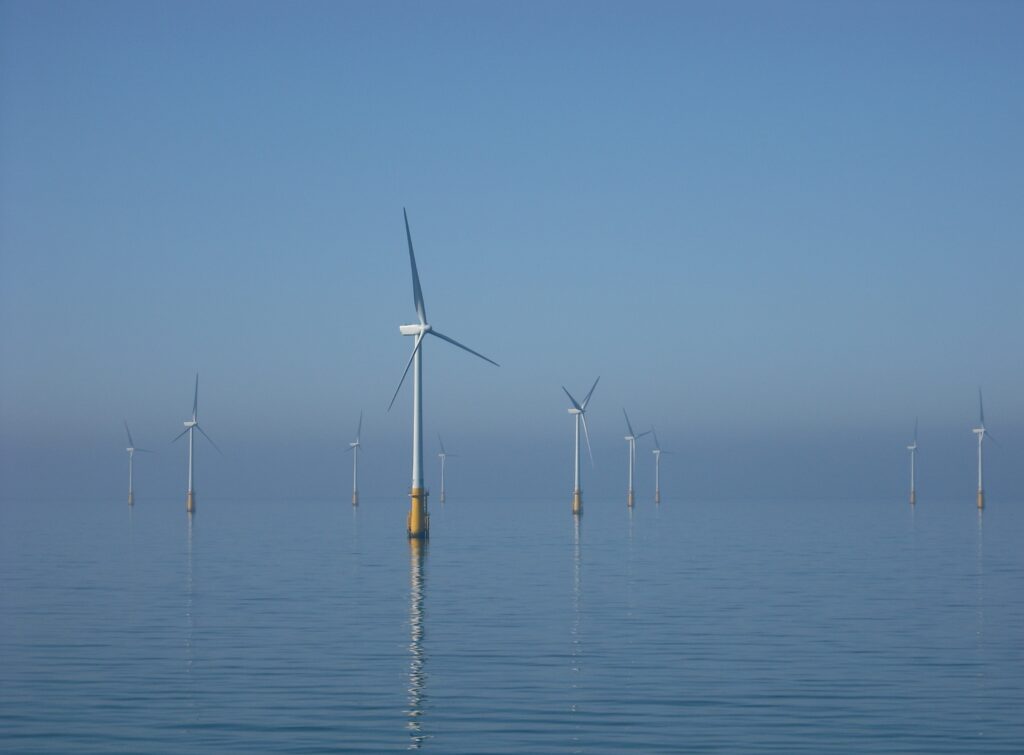Preliminary Findings From First-Ever Study of Offshore Wind Development on Coastal Upwelling Now Available!

Photo by Andy Dingley
In California offshore waters, sustained northwesterly winds have been identified as a key energy resource which could contribute substantially to California’s renewable energy mandate (Senate Bill 100). These winds drive the upwelling of deeper, cool, nutrient-rich waters that sustains a thriving ecosystem. The development of large-scale offshore wind energy projects has the potential to reduce the wind stress at the sea surface, which could have local and/or regional implications on California wind-driven upwelling, nutrient delivery, and ecosystem dynamics.
This preliminary study, with funding from the California Energy Commission and OPC, evaluated the effects of offshore wind turbines in the Morro Bay, Diablo Canyon, and Humboldt Call Areas. The study is ongoing and in preparation for peer-review. The preliminary findings for Morro Bay and Diablo Canyon found that modest changes to wind speeds are found in the lee of wind farms (approximately 5 percent reduction), which leads to an a decrease in upwelled physical volume transport to the coastal zone. However, the Diablo Canyon Call Area is no longer being pursued so the findings are not applicable to the current Morro Bay Call Area. Since the effect of this decrease on the ecosystem was not evaluated in this study, no conclusions on ecosystem effects can be drawn from the modeled physical changes.
While changes are also observed near the Humboldt Call Area, they are substantially smaller than those seen near Morro Bay and Diablo Canyon. Future work will explore impacts to upwelling under various turbine configurations, layouts and turbine densities, while also evaluating upwelling impacts from offshore wind development in the face of climate change.

